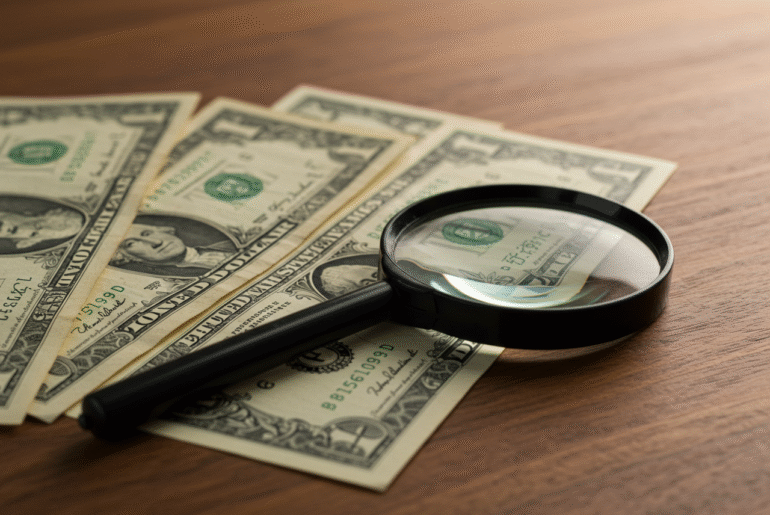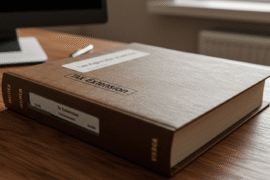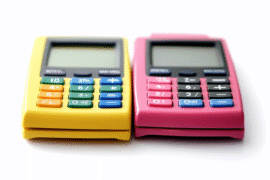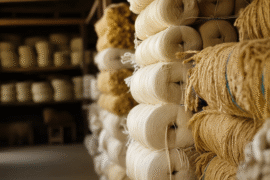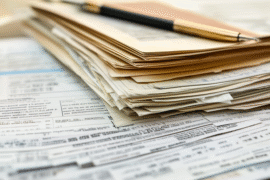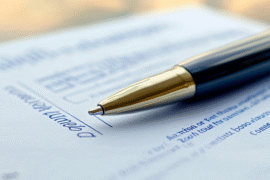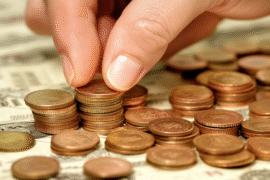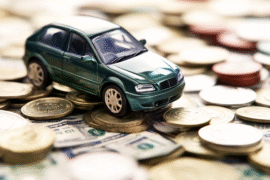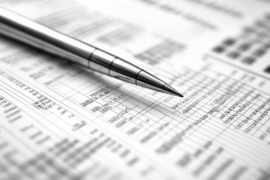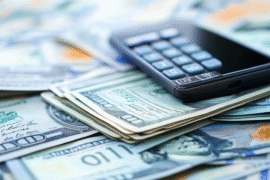This article may contain references to products or services from one or more of our advertisers or partners. We may receive compensation when you click on links to those products or services. Nonetheless, our opinions are our own.
When you stumble upon an old silver certificate dollar bill tucked away in a drawer or passed down through your family, it can spark a mix of curiosity and nostalgia. You might wonder about its history and significance. What is a silver certificate, anyway, and does it hold any real value? Explore the fascinating world of silver certificate dollar bills, including their origin, purpose, and current value. Whether you’re a collector, a history enthusiast, or simply intrigued by the allure of vintage currency, knowing the value of these unique notes can enhance your appreciation for America’s monetary evolution. So, let’s take a closer look at what makes silver certificate dollar bills so special and how you can determine just how much yours might be worth today.
- Silver Certificates and Their Historical Significance
- How to Identify Genuine Silver Certificate Dollar Bills
- Factors Influencing the Value of Silver Certificate Dollar Bills
- Evaluating the Condition of Your Silver Certificates for Maximum Value
- Where to Buy or Sell Silver Certificate Dollar Bills
- Tips for Collectors: Building a Valuable Collection of Silver Certificates
- Frequently Asked Questions
- Recommended Reads
Silver Certificates and Their Historical Significance
When you uncover a silver certificate dollar bill in your collection or perhaps even in your wallet, you’re holding a piece of American history. Issued by the U.S. Treasury from 1878 to 1964, these banknotes were part of a unique monetary system that allowed holders to redeem them for silver bullion or silver dollars. Unlike regular paper currency, silver certificates were backed by actual silver reserves, making them fascinating artifacts worthy of interest and study. They serve as a reminder of a time when currency was intricately tied to tangible resources, shaping the value of money in a way that feels distinctively different from today’s fiat currency system. The bill’s condition, date, and rarity should be considered when valuing it. This table provides a quick reference guide for assessing general values based on common characteristics:
| Date of Issue | Condition | Estimated Value Range |
|---|---|---|
| 1896 | Fine | $500-$1,500 |
| 1923 | Very Fine | $30 – $100 |
| 1957 | Uncirculated | $10-$25 |
By knowing these elements, you can make informed decisions whether you’re considering selling, trading, or simply expanding your collection. Exploring silver certificates can not only enhance your familiarity with concepts of currency but also add a valuable dimension to your financial knowledge.
How to Identify Genuine Silver Certificate Dollar Bills
To ensure a silver certificate dollar bill is authentic, check its authenticity. Here are a few indicators to help you distinguish authentic silver certificates from replicas:
- Check the Signature: Original silver certificates have signatures from either the Secretary of the Treasury or the Treasurer. Look for names such as Williams or Morgenthau, as their presence can confirm authenticity.
- Inspect the Color: Genuine bills will have a distinctive blue seal and serial numbers. If the blue appears faded or the colors seem off, it’s a warning sign.
- Examine the Paper Quality: Authentic silver certificates were printed on a specific type of paper that feels different from modern currency. It should have a slightly rough texture and be thicker than typical paper.
- Check for the Watermark: A genuine silver certificate includes a subtle watermark for added security.
Using these tips, you can feel more confident about your identification process. It’s often beneficial to compare your bill with known genuine examples available at reputable coin shops or online resources. Familiarizing yourself with these details can help you spot the real thing and enhance your collection or investment strategy.
Factors Influencing the Value of Silver Certificate Dollar Bills
When evaluating the worth of silver certificate dollar bills, several pivotal factors come into play that can significantly influence their value.
- Condition: Notes in pristine, uncirculated condition often fetch higher prices compared to those that are worn or damaged. Features like crispness, the presence of original color, and the absence of tears or stains can enhance the value immensely.
- Rarity: Certain certificate series and denominations are rarer than others. For example, the 1896 series is especially sought after by collectors due to its unique designs and lower survival rates.
- Historical Significance: Certificates from specific years—such as during the Great Depression—may hold additional sentimental value to collectors, further driving up prices.
| Factor | Impact on Value |
| Condition | Higher quality can mean increased worth |
| Rarity | Low mintage or unique series draw collector interest |
| Historical Significance | Context can elevate sentimental and market value |
These factors allow you to better gauge the market and make informed decisions when buying or selling these fascinating pieces of currency history.
Evaluating the Condition of Your Silver Certificates for Maximum Value
Assessing the physical state of your silver certificates can significantly impact their market value. Here are some factors to consider:
- Visual Inspection: Look for any signs of wear and tear, such as creases, folds, or tears. Bills that are crisp and free of imperfections tend to fetch higher prices.
- Color and Appearance: The ink should be vibrant, and the paper should be clean. Fading or discoloration can diminish a bill’s value.
- Certification: Having your bills graded by a reputable service can validate their condition and enhance their appeal to collectors.
| Condition Grade | Description | Approximate Value Range |
| Uncirculated | Perfect condition, no signs of handling. | $50 – $2,000+ |
| Very Fine | Minor signs of wear, but still crisp. | $20 – $200 |
| Good | Obvious wear and minor damage. | $10-$50 |
Taking the time to evaluate your silver certificates meticulously can ensure you maximize their potential value. Each bill tells a story, and preserving its condition allows you to enjoy its historical significance while also striving for the best financial return.
Where to Buy or Sell Silver Certificate Dollar Bills
When it comes to purchasing or selling silver certificate dollar bills, it’s important to understand your options. Local coin shops often offer a hands-on experience where you can assess the condition of the bills before making a transaction. These shops usually have knowledgeable staff who can guide you through the process and even provide appraisals. If going local isn’t convenient, consider online marketplaces where you can often find competitive prices. Websites like eBay and Etsy allow you to buy and sell, but be mindful of transaction fees and ensure you’re dealing with reputable sellers or buyers.
Tips for Collectors: Building a Valuable Collection of Silver Certificates
When building a valuable collection of silver certificates, there are several strategies you can employ to enhance both the beauty and potential worth of your collection:
- Focus on Quality Over Quantity: High-grade notes in excellent condition typically appreciate more than a larger number of lower-grade notes.
- Educate Yourself: Learn about the different series and varieties of silver certificates. Pay attention to historical significance, unique features, and rarity, as these factors dramatically influence value.
- Proper Storage: Keep your certificates in protective sleeves or folders to prevent damage.
- Engage with the Community: Attending coin shows and joining numismatic communities can provide valuable insight and networking opportunities.
By following these tips, you’ll not only enjoy the process of building your collection but also set yourself up for potential financial gain in the future.
Frequently Asked Questions
Are silver certificate dollar bills still legal tender?
Silver certificate dollar bills are no longer redeemable for silver, but they are still considered legal tender at face value. This means you could technically spend them as regular currency, though collectors often value them much higher depending on condition, rarity, and year of issue.
How can I find out how much my silver certificate is worth?
To determine the value of your silver certificate, start by identifying the series year, examining the condition, and checking for rarity or misprints. You can consult price guides, visit coin shops for appraisals, or search completed sales on auction sites like eBay to get a realistic market value.
What is the difference between a silver certificate and a regular dollar bill?
The main difference is that silver certificates were once backed by actual silver reserves, while modern dollar bills are fiat currency with no commodity backing. Silver certificates feature unique designs, blue Treasury seals, and historical inscriptions, making them popular among collectors and history buffs.

Reviewed and edited by Albert Fang.
See a typo or want to suggest an edit/revision to the content? Use the comment form below for feedback.
At FangWallet, we value editorial integrity and open collaboration in curating quality content for readers to enjoy. Much appreciated for the assist.
Did you like our article and find it insightful? We encourage sharing the article link with family and friends to benefit as well - better yet, sharing on social media. Thank you for the support! 🍉
Article Title: Silver Certificate Dollar Bills: What Are They Worth?
https://fangwallet.com/2025/05/22/silver-certificate-dollar-bills/The FangWallet Promise
FangWallet is an editorially independent resource - founded on breaking down challenging financial concepts for anyone to understand since 2014. While we adhere to editorial integrity, note that this post may contain references to products from our partners.
The FangWallet promise is always to have your best interest in mind and be transparent and honest about the financial picture.
Become an Insider

Subscribe to get a free daily budget planner printable to help get your money on track!
Make passive money the right way. No spam.
Editorial Disclaimer: The editorial content on this page is not provided by any of the companies mentioned. The opinions expressed here are the author's alone.
The content of this website is for informational purposes only and does not represent investment advice, or an offer or solicitation to buy or sell any security, investment, or product. Investors are encouraged to do their own due diligence, and, if necessary, consult professional advising before making any investment decisions. Investing involves a high degree of risk, and financial losses may occur including the potential loss of principal.
Source Citation References:
+ Inspo
There are no additional citations or references to note for this article at this time.
